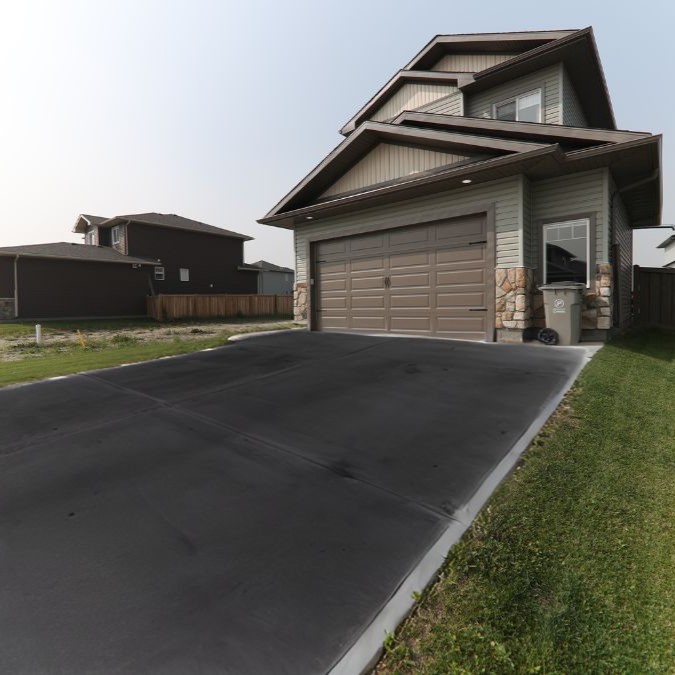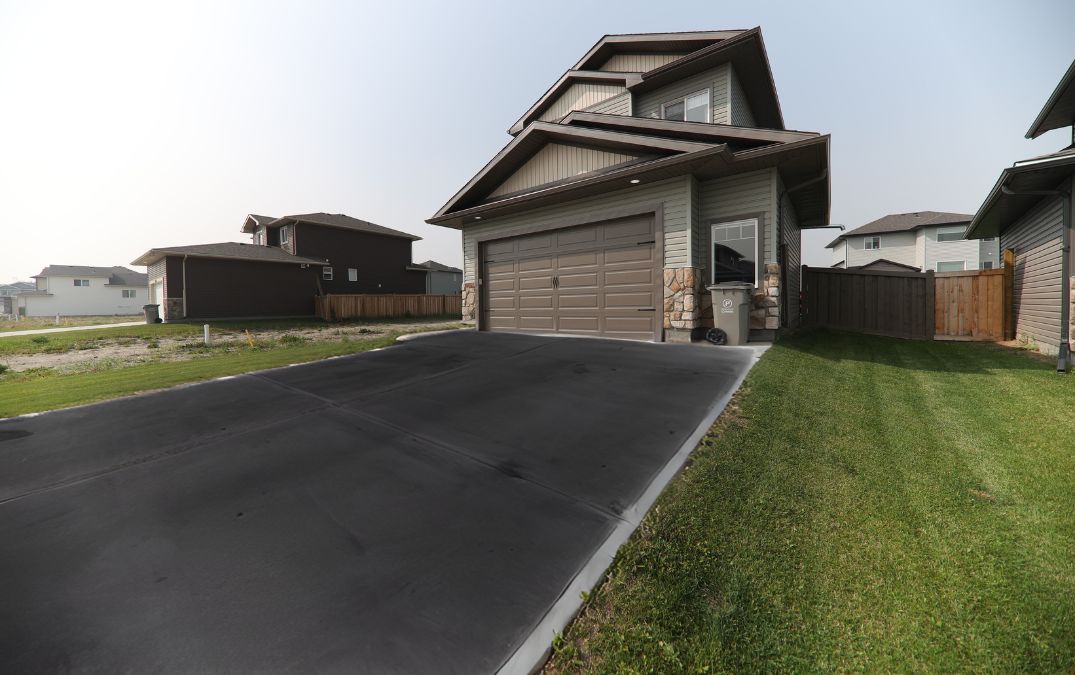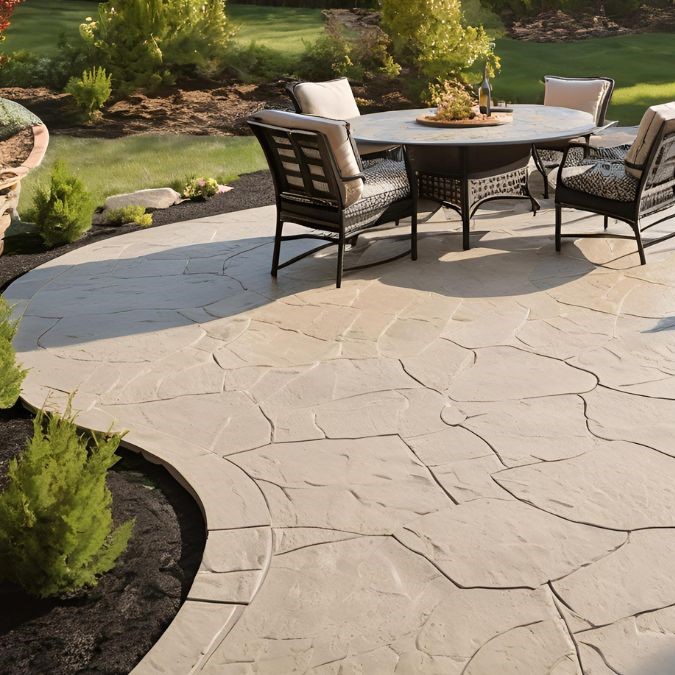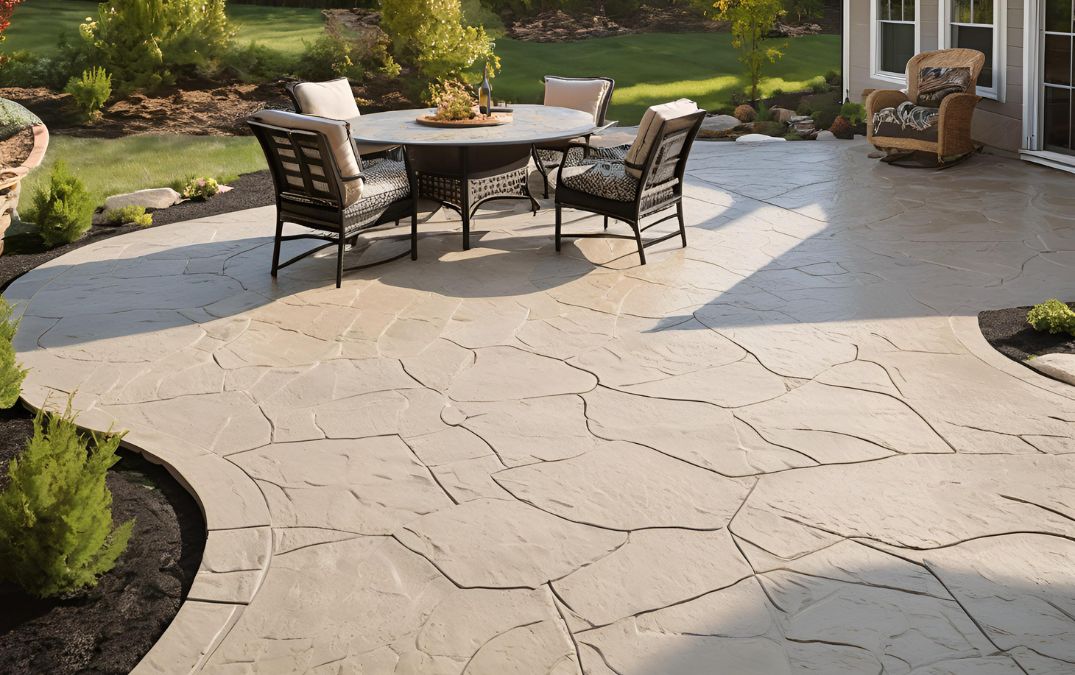Are there special types of concrete designed to resist high temperatures?
Yes, there are special types of concrete designed to resist high temperatures, known as refractory concrete. Refractory concrete is formulated to withstand extreme heat and is commonly used in environments such as kilns, furnaces, fireplaces, and industrial incinerators, where temperatures can exceed 1,000°C (1,832°F). This type of concrete is made using heat-resistant materials like refractory cement, which contains high alumina or calcium aluminate, along with aggregates that can endure high temperatures, such as crushed firebricks or specialized heat-resistant aggregates.
Refractory concrete is engineered to maintain its structural integrity and resist spalling or cracking when exposed to intense heat. It is also designed to minimize thermal expansion, which can be a significant issue in standard concrete exposed to high temperatures. By using refractory concrete, structures can maintain their strength and durability in extreme heat conditions, making it an essential material for high-temperature applications.



